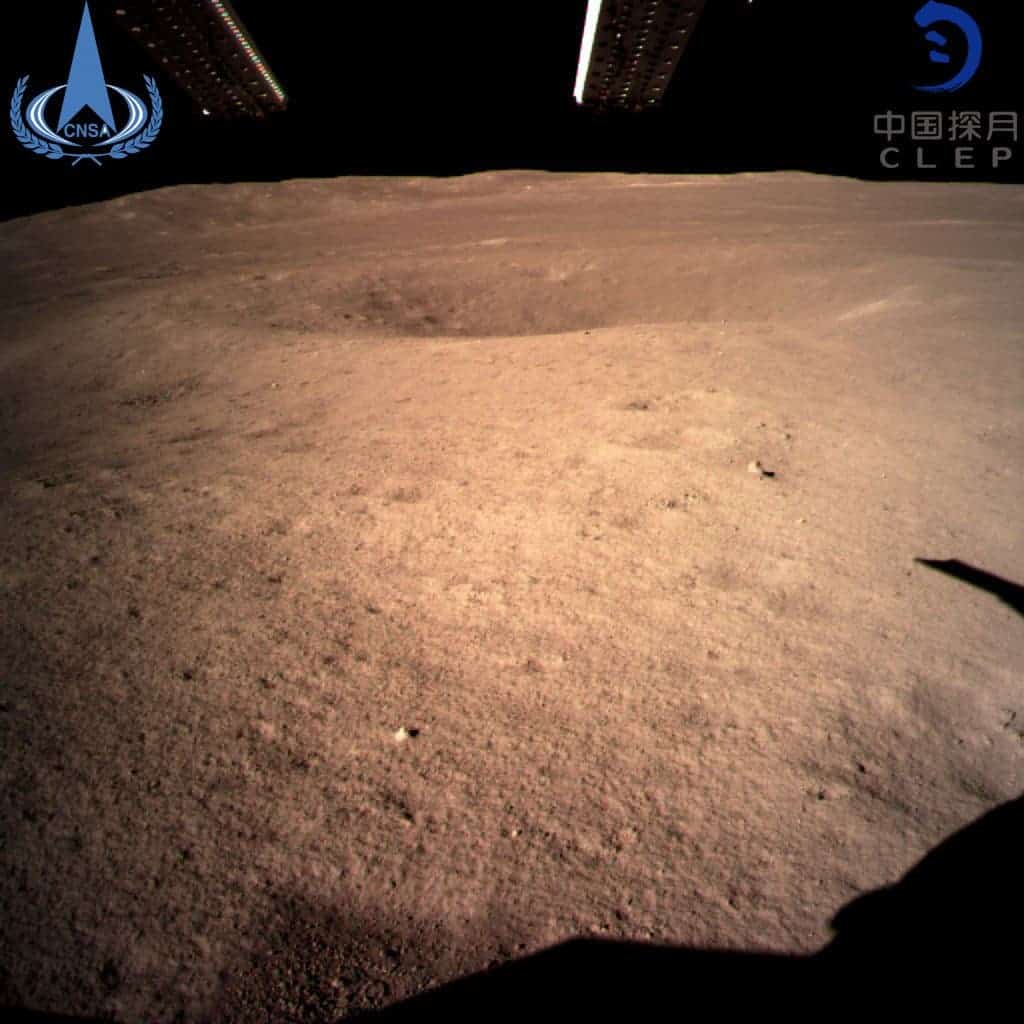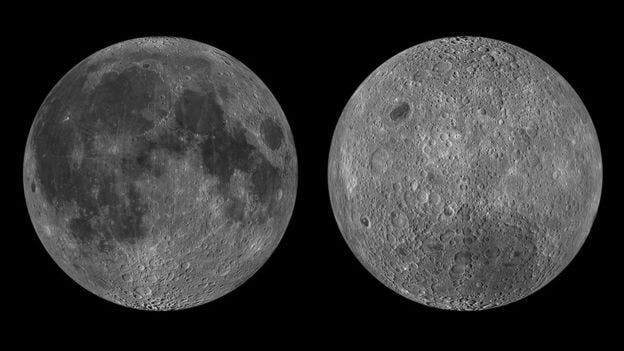The Chang’e 4 lunar exploration mission has achieved touchdown on the moon’s far side, Chinese authorities announced. The mission, which features a lander and a rover, became the first of its kind to ever to land on the far side of the moon.

There have been many missions to the moon, but the vast majority of them are either in orbit, a flyby, or an impact. The days of astronauts landing on the satellite are long gone, with the last crewed landing being Apollo 17 in 1972. Landing missions are also few and far between — and as for the dark side, there have been none to speak of until now.
Not only is it more difficult to land on the far side of the moon, but relaying information from there is also very challenging. You can’t do it directly, so all communications must be passed through a separate satellite before being relayed back to Earth. All this makes China’s achievement even more impressive, showcasing that the world’s most populous country has also become a major player in space exploration.
There are a lot of geopolitical (or rather, astropolitical) implications to China’s new space ambitions. However, in terms of science and engineering, it’s a remarkable achievement which should be praised, as NASA administrator Jim Brindestine acknowledged.
“Congratulations to China’s Chang’e-4 team for what appears to be a successful landing on the far side of the Moon. This is a first for humanity and an impressive accomplishment,” he Tweeted.

There are several key differences between the two sides of the moon. The near side is splattered with dark regions, called maria — basaltic plains created by ancient eruptions. The far side has a thicker crust, which is why it doesn’t have any maria: it was harder for volcanoes to break through. This also explains why there are so much more craters on the far side — they haven’t been covered by basaltic eruptions. Why the two sides have different crust thickness, however, is a different question.
Chang’e 4 will focus on a very large crater called the Aitken Basin that is now about 13 km (8.1 mi) deep, from which it hopes to retrieve and analyze material that came from the moon’s mantle, offering an unprecedented view of the moon’s geology. Chang’e 4 will also measure the lunar temperature during its entire mission, analyze the chemical compositions of lunar rocks and soils and carry out low-frequency radio astronomical observation and research.
In another global premiere, the Chinese space agency has also announced that the rover carries seeds and cocoons from which it will grow flowers, potatoes, and silkworm.
China also announced plans to send astronauts to the moon in a few years.






